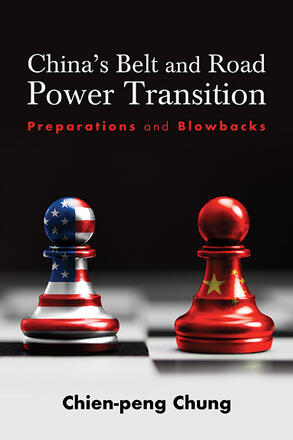
China's Belt and Road Power Transition
Preparations and Blowbacks
Details the Belt and Road global infrastructure development initiative as the most important instrument for China’s leadership under Xi Jinping to create an alternative global economic and geopolitical order to challenge the United States.
Description
In the opening decades of the twenty-first century the Chinese Communist Party (CCP) leadership under Xi Jinping has created a worldwide Sino-centric network, the Belt and Road Initiative (BRI), to challenge American dominance in world affairs. Encompassing economic, financial, political, and strategic relations, the CCP's belief is that the funds, construction projects, and promises offered by the BRI will generate a widespread perception of the inexorability, legitimacy, and thus acceptability of a Chinese world order. Consisting initially of a land-based "Silk Road Economic Belt," an oceangoing "Maritime Silk Road," and the China-Pakistan Economic Corridor, the BRI has expanded to involve more than 140 countries and includes a Health Silk Road, Digital Silk Road, and Polar Silk Road, but it has also experienced serious challenges. Using power transition theory, Chien-peng Chung carefully investigates and evaluates the enterprise's benefits and shortcomings, concluding that it is still too early to consider the BRI a success.
Chien-peng Chung is Professor of Political Science at Lingnan University, Hong Kong.
Reviews
"T Belt and Road Initiative (BRI) has been hailed as China's bold foray into reshaping international relations and challenging established power dynamics. In this groundbreaking work, Chien-peng Chung investigates the geopolitical, economic, and strategic implications of the BRI, offering readers a nuanced understanding of the feasibility and challenges of Beijing's global ambitions." — Sing Hui Lee, International Studies Program, University of North Texas